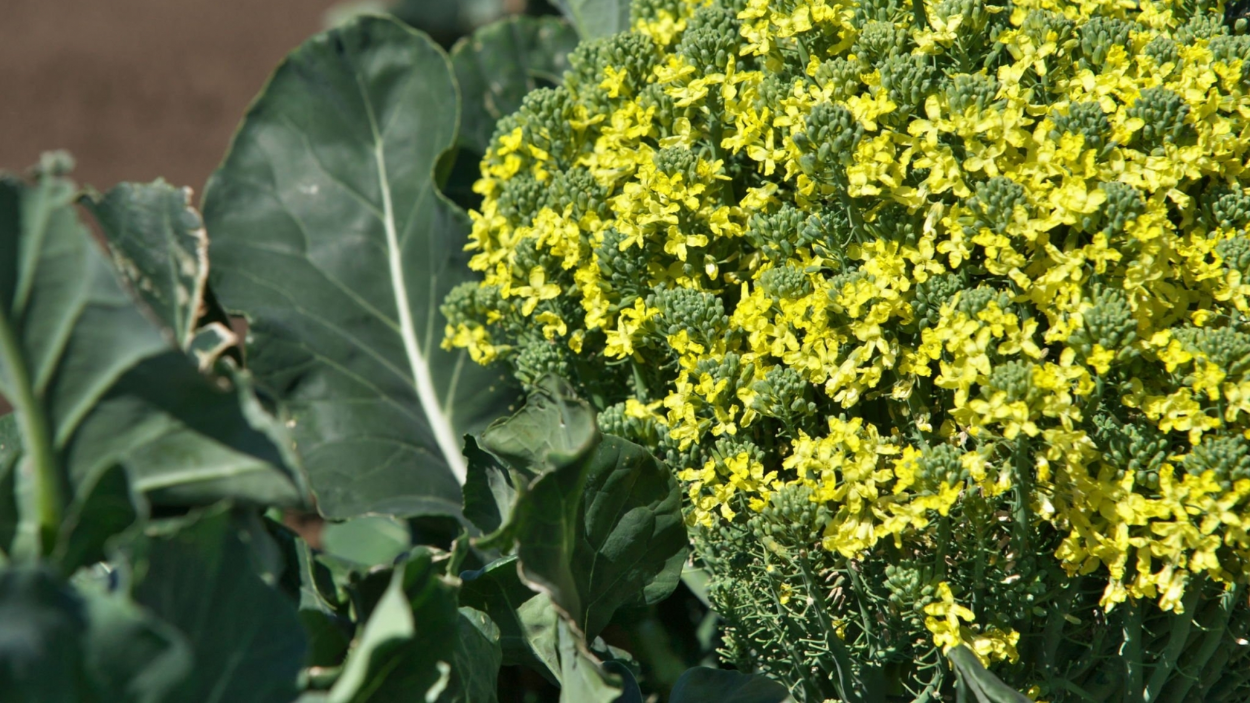Learn why mulch can emit unpleasant odors during decomposition, along with tips to reduce mulch smell and FAQs answered.
HOW SHOULD HEALTHY MULCH SMELL?
Mulch that is in good condition should have a pleasant, earthy odor. This is a natural odor created by organic matter breakdown in mulch, such as leaves, wood chips, or grass clippings. During the breakdown process, beneficial nutrients are released into the soil, which can improve soil quality and encourage healthy plant development.
If your mulch smells sour, rotting, or otherwise unpleasant, it could be because it has gone anaerobic, which means it is decaying in the absence of oxygen. This can occur if the mulch becomes too damp or compacted, limiting the movement of air to the decomposing organic materials. Toxins and acids produced by anaerobic decomposition can harm plants and soil.
WHY DOES MULCH SMELL BAD?
Conditions of anaerobic fermentation
Because of anaerobic circumstances, mulch can develop a foul odor. When organic matter decomposes in the absence of oxygen, the process is known as anaerobic decomposition. This can happen in damp or compacted mulch because these conditions restrict the flow of air to the decomposing material. Bacteria that break down organic matter in anaerobic environments produce toxic byproducts such as ammonia, methane, and sulfur compounds. These byproducts might cause the mulch to emanate an unpleasant odor to the nose.
Sour Mulch Causes Issues
Sour mulch is a mulch that has a sour, fermented odor as a result of anaerobic conditions. This can occur when the mulch becomes too damp or compacted, causing the organic content to degrade in the lack of oxygen. Sour mulch not only has an unpleasant smell; it can be harmful to plants. They will either stop developing or expand at a significantly slower rate. The leaves will turn yellow or appear sunburned, with drier regions of yellow-brown tint. The plant will soon begin to droop and wilt.
FIXING ANAEROBIC CONDITIONS IN MULCH
To correct anaerobic conditions in mulch, aeration, and drainage must be improved. If the top layer of your mulch has developed an unpleasant odor, remove it and replace it with fresh, healthy mulch. Turn the mulch with a garden fork or rake, breaking up any compacted spots and enabling air to circulate. If the mulch is excessively wet, add dry material such as straw, leaves, or wood chips to absorb excess moisture. Make sure you're not overwatering your mulch. Water just when necessary to avoid soaking the mulch. Add organic substances, like compost or manure, to the mulch to promote proper decomposition. This will supply additional nutrients and assist balance the carbon-to-nitrogen ratio, which will promote decomposition.
SMELLY COLORED MULCH
,Colored mulch is a mulch that has been dyed to a particular hue, such as red, black, or brown. Although the dyes used to color mulch are normally non-toxic and do not harm plants, the underlying material can be problematic. When low-quality or contaminated materials are utilized to generate mulch, dangerous chemicals and acids that can harm plants and soil can form. To avoid the formation of foul-smelling colored mulch, select a high-quality product derived from well-composted organic components. Colored mulch that has been treated with chemicals or other pollutants should also be avoided.
FINAL THOUGHT
Mulch is a useful landscaping ingredient that can help your garden's health. It can, however, develop a foul odor at times, which can be unpleasant. You can enjoy the benefits of mulch without the disagreeable odor by learning why it smells terrible and taking steps to prevent it. Remember to use thin layers of mulch, use correctly aged mulch, and avoid mulch that has been polluted with other materials.




